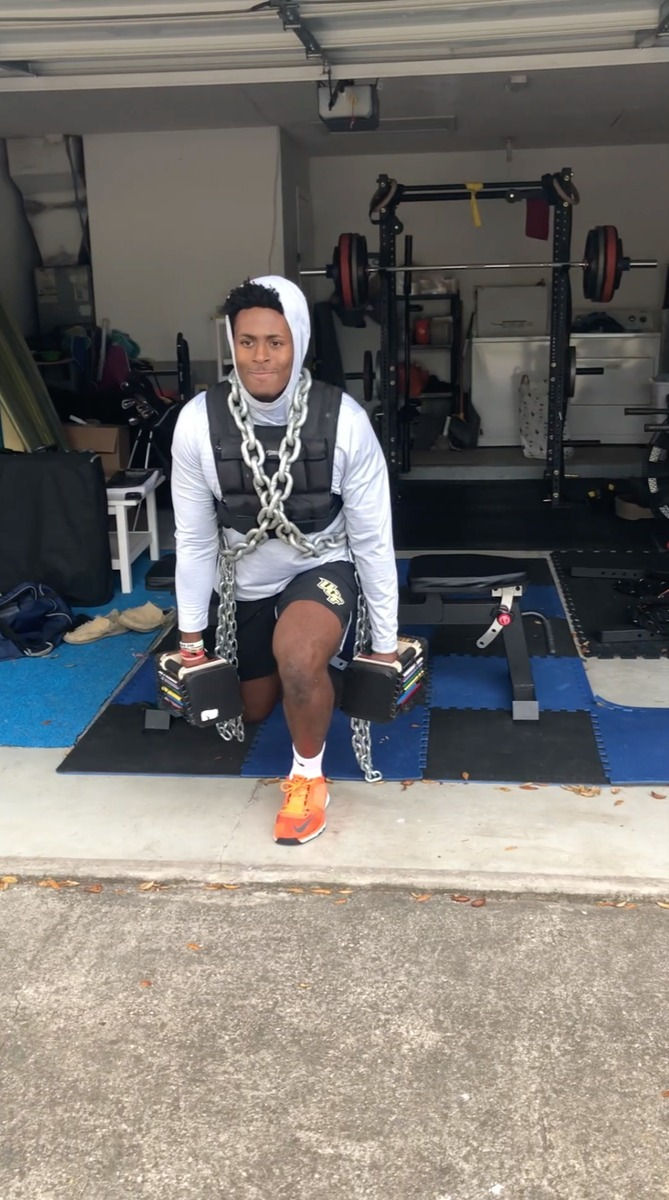A Case for the Split Squat Part 2: Goodbye Compression
- Bobby bobbyomullan@gmail.com

- Aug 16, 2020
- 2 min read
Many people have performed some variation of lunges, split squats, or rear foot elevated (Bulgarian) split squats before, as an accessory exercise on their leg day. Why not make your the primary exercise? Well typically the primary exercise of the day should be the one that requires the most energy, which usually means it's also able to be loaded the heaviest. It should train multiple muscle groups across multiple joints, and it should be able to be progressed and measured. The split squat fits all of that criteria.
During a split squat, the trained leg (the one in front) goes through the same joint angles as it does during the back squat. At the end range of the movement, there is deep flexion at the hip and knee, and dorsiflexion at the ankle. Because those three joint angles occur, the same muscle groups are primarily trained. The glutes, hamstrings, and adductors help extend the hips, and the quads help extend the knee. In addition to those muscles, there is even greater hamstring activation during the eccentric portion of the lift seen in the rear foot elevated variation in comparison to the back squat (DeForest). As for the greatest relative loading, the rear foot elevated back squat is able to elicit the same ground reactive forces with half the weight as the back squat. essentially, you’ll train the exact same level of strength with half of the weight. (DeForest)

One of the greatest reasons for implementing split squats as your primary strength exercise is because you’ll be able to load them to a significantly heavier relative resistance than the back squat and avoid the compressive and shear forces on the spine. The safety aspect is pretty straight forward. Holding dumbbells in your hands and squatting down takes away the axial loading on your spine and shifts the resistance entirely onto your legs. If you think of what the limiting factor is for most people’s squat max, it’s their core strength on back squats and upper back strength on front squats. That’s why you always see people fail because their torso caved forward or their lower back rounded, not because their legs couldn’t stand up with the weight. With split squats, the resistance is no longer stacked on top of your torso compressing your spine, and your limiting factor truly becomes how much weight your legs can stand up with.
Part 3 coming next week
DeFOREST, Bradley A et al. “Muscle Activity in Single- vs. Double-Leg Squats.” International journal of exercise science vol. 7,4 302-310. 1 Oct. 2014













Comments